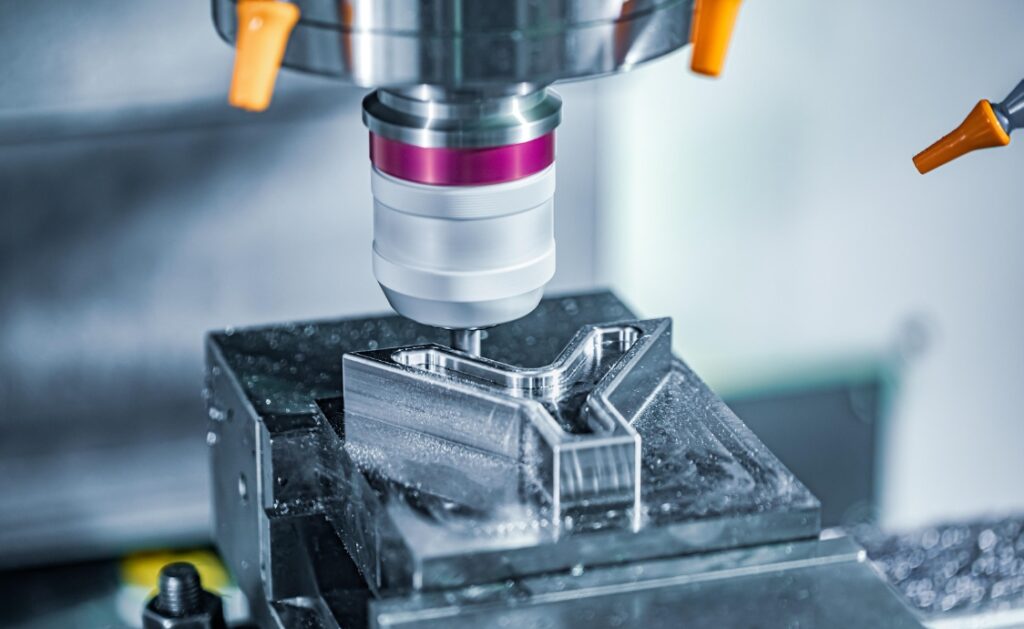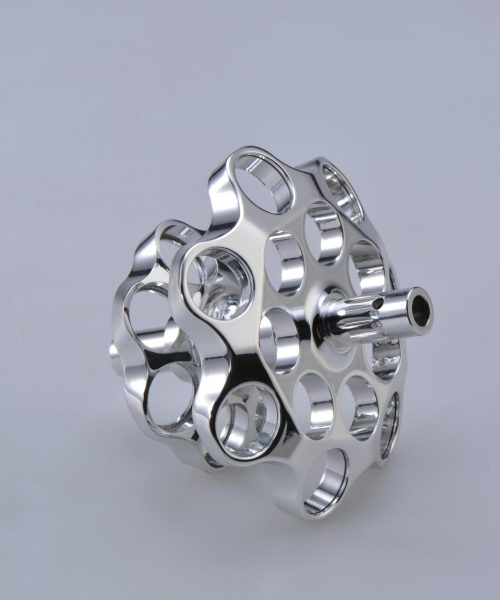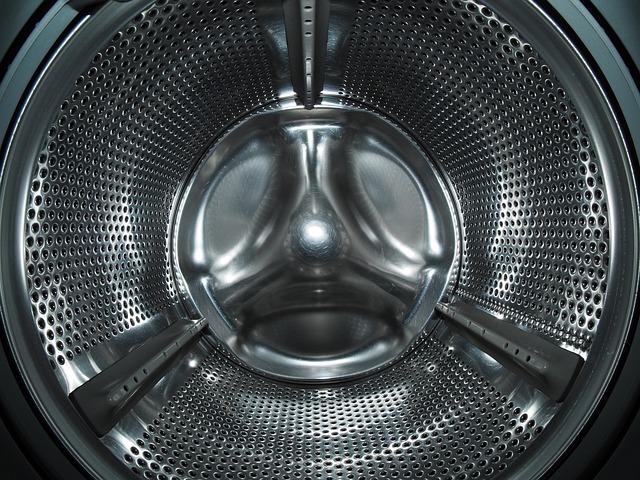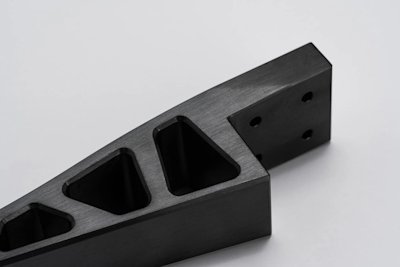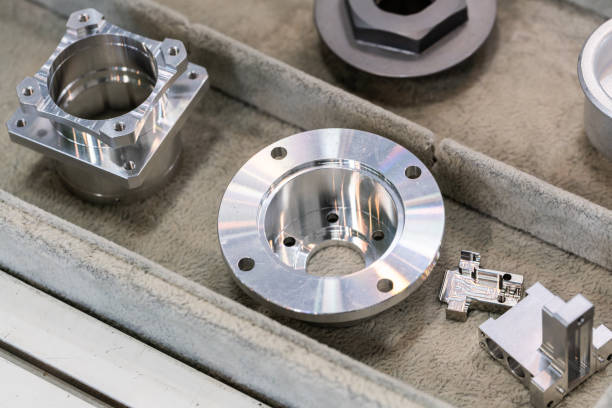Anodizing is one of the most popular and reliable methods for enhancing the durability, corrosion resistance, and overall appearance of metal components, especially non-ferrous metals like aluminum. Whether you’re designing custom parts for aerospace, automotive, or consumer electronics, anodizing provides a robust surface finish that meets both functional and aesthetic needs. But what exactly is anodizing, and how does it work? In this guide, we’ll explore everything you need to know about anodizing, from the process and types to its benefits and applications.
What Is Anodizing?
Anodizing is an electrochemical surface treatment used to create a protective oxide layer on the surface of metals, typically aluminum and its alloys. This process not only improves the corrosion resistance and hardness of the material but also offers a range of aesthetic options, including different colors and textures. Unlike painting or plating, anodizing transforms the metal surface itself, making it more durable and resistant to wear.
Anodizing is widely used in industries like aerospace, electronics, and architecture, where both performance and appearance are critical.
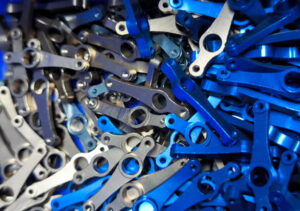

Related knowledge:Wikipedia on anodizing
How Does the Anodizing Process Work?
Anodizing works by immersing the metal (which serves as the anode) into an electrolytic solution. When an electrical current passes through the solution, the metal surface undergoes oxidation, forming a protective layer of oxide. This layer is integral to the metal, meaning it doesn’t peel or chip off like a coating might. The thickness and properties of this layer can be controlled by adjusting the voltage, time, and type of electrolyte used.
Let’s break down the steps:
- Preparation and Cleaning: Before anodizing, the metal surface is thoroughly cleaned to remove any dirt, grease, or contaminants. Mechanical treatments like sanding or polishing may also be used to smooth out imperfections and ensure a uniform finish.
- Electrolysis: The cleaned metal part is then immersed in an electrolytic bath, typically containing sulfuric acid for aluminum anodizing. The metal serves as the anode, while another conductive material acts as the cathode. When electricity is applied, oxygen ions combine with the metal ions on the surface, forming an oxide layer.
- Oxide Layer Formation: The oxide layer that forms during anodizing is porous, which allows for further finishing steps such as dyeing or sealing.
- Sealing: After the anodizing process, the oxide layer is sealed to enhance its durability and prevent corrosion. Sealing methods can include hot water immersion, chemical sealing, or mid-temperature sealing using specific additives.
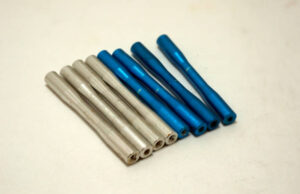

Types of Anodizing
Different types of anodizing are used depending on the desired finish and the application of the part. Here are the most common types:
1. Type I: Chromic Acid Anodizing
This type of anodizing uses chromic acid and produces a relatively thin oxide layer (typically 0.00002” to 0.0001” thick). Type I anodizing is ideal for applications requiring minimal thickness but excellent corrosion resistance, such as aerospace components.
2. Type II: Sulfuric Acid Anodizing
Type II is the most common form of anodizing and uses sulfuric acid as the electrolyte. It creates a thicker oxide layer (0.0001” to 0.001”), offering both corrosion resistance and aesthetic versatility. This type is popular for consumer goods and automotive parts, where durability and appearance are equally important.
3. Type III: Hard Anodizing
Also known as hard coat anodizing, Type III forms a much thicker and more robust oxide layer (up to 0.006”), making it ideal for parts exposed to extreme wear or harsh environments. Hard anodizing is commonly used in military, industrial, and aerospace applications where maximum durability is required.
Color Options in Anodizing
One of the most appealing aspects of anodizing is the ability to apply different colors to the surface. The porous oxide layer that forms during anodizing is perfect for absorbing dyes, allowing for a wide variety of color finishes. Here are the main methods used to color anodized parts:
- Dyeing: After anodizing, the part is immersed in a dye bath where the pores in the oxide layer absorb the color. This method allows for vibrant and varied color choices, from black and gold to red and blue.
- Electrolytic Coloring: This involves depositing metal salts (such as tin or nickel) into the oxide layer to create durable, fade-resistant colors. This method is ideal for darker shades like bronze or black.
- Integral Coloring: In some cases, the color can be incorporated directly into the anodizing process, producing natural shades like bronze or gold without the need for dyes.
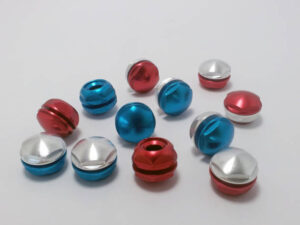

Key Benefits of Anodizing
Why is anodizing such a widely used surface finishing method? Here are some of the key benefits:
1. Enhanced Corrosion Resistance
Anodizing creates a thick, protective oxide layer that shields the metal from environmental factors like moisture and UV rays. This is particularly valuable for outdoor applications or in industries where parts are exposed to harsh conditions.
2. Improved Surface Durability
Anodized surfaces are highly wear-resistant, making them ideal for parts subjected to friction, abrasion, or other mechanical stresses. This makes anodizing a popular choice for automotive, aerospace, and industrial components.
3. Aesthetic Flexibility
With anodizing, you can achieve a wide range of colors and finishes, from matte to glossy. This versatility allows designers to create visually appealing products without sacrificing performance.
4. Environmentally Friendly
Anodizing is a non-toxic and eco-friendly process. The oxide layer is a natural part of the metal and doesn’t involve the use of hazardous chemicals found in other finishing processes, such as electroplating.
5. Electrical Insulation
While the underlying metal retains its electrical conductivity, the oxide layer provides excellent insulation, making anodizing a valuable option for electrical components and enclosures.
Applications of Anodizing
Anodizing’s durability, aesthetic flexibility, and corrosion resistance make it a go-to finishing method across various industries. Some key applications include:
- الطيران والفضاء: Anodized aluminum components are common in aircraft due to their lightweight yet durable properties.
- السيارات: From engine parts to trim, anodized components enhance both performance and appearance in cars.
- Consumer Electronics: Laptops, smartphones, and other electronics often feature anodized aluminum for its sleek appearance and scratch resistance.
- Architecture: Anodized metals are used for exterior cladding and window frames due to their weather resistance and long-lasting finishes.
- الأجهزة الطبية: Anodized surfaces are used in surgical tools and implants for their biocompatibility and ease of sterilization.
Anodizing vs. Powder Coating: Which Is Better?
Both anodizing and powder coating are popular finishing methods, but they serve different purposes. Anodizing integrates the protective oxide layer into the metal itself, making it more durable and resistant to wear. Powder coating, on the other hand, involves applying a layer of pigment powder that is then cured to create a hard, colorful finish.
- Durability: Anodizing offers superior durability and corrosion resistance, especially in harsh environments.
- Color Flexibility: Powder coating offers a broader range of vibrant colors, while anodizing provides more natural or metallic tones.
- Cost: Powder coating is generally more cost-effective for large, colorful parts, while anodizing tends to be more expensive but provides a longer-lasting finish.
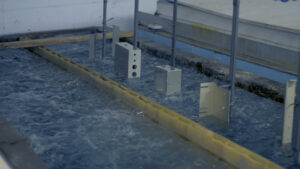

الخاتمة
Anodizing is a powerful surface finishing technique that transforms ordinary metal parts into durable, corrosion-resistant, and aesthetically pleasing components. Whether you’re in aerospace, automotive, electronics, or any other industry, anodizing provides the reliability and versatility you need to ensure your products meet the highest standards of performance and appearance.
Looking for expert anodizing services? At GCH PROCESS, we offer high-quality anodizing solutions tailored to your needs. Get an instant quote today and see how we can enhance your next project!
FAQs
How thick is the anodized layer?
The thickness of the anodized layer can range from 0.5 to 150 microns, depending on the type of anodizing and the specific application.
Can you anodize materials other than aluminum?
Yes, while aluminum is the most commonly anodized material, other metals like titanium, magnesium, and zinc can also be anodized.
Is anodizing environmentally friendly?
Anodizing is a relatively eco-friendly process that doesn’t use hazardous chemicals, making it a safer choice for both manufacturers and the environment.

